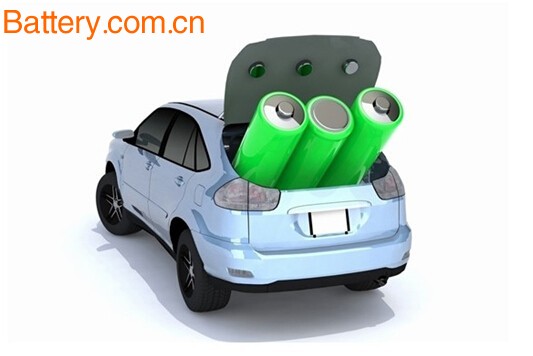The adjustment of the subsidy policy for new energy vehicles is affecting the nerves of all auto companies and power battery companies. Recently, some media reported that the subsidy will be linked to the energy density of the battery, which makes the lithium titanate battery manufacturers feel uneasy. It is understood that at present, the power battery is mainly lithium iron phosphate, ternary lithium and lithium titanate batteries . Compared with the first two, lithium titanate with fast charging advantages is a new technical route.

At the 2016 International Power Battery Application International Summit held in Beijing recently, as the representative of the largest lithium titanate battery manufacturer in China, Wei Yincang, chairman of Zhuhai Yinlong New Energy Co., Ltd., said that Yinlong was originally based on phosphoric acid. Iron and lithium started, before 2008, Yinlong invested hundreds of millions to enter the field of lithium iron phosphate, but by 2008, it invested $6 billion to acquire the US titanium and began to turn to lithium titanate.
Why buy this technology? Wei Yincang said that many people are now speculating on battery energy density. I don’t know that the first generation of lithium ion battery lithium cobalt oxide was the first mass production to enter the market. The energy density is much higher than the later ternary and lithium iron phosphate, but it is "Unsafe, short life" and abandoned by the market.
In addition, lithium iron phosphate, which is currently the mainstream of power batteries, has greatly improved safety compared with lithium cobaltate, ternary and lithium manganate, and the cycle life has improved a lot, but because the negative electrode is still flammable and explosive. Carbon, so there is no fundamental solution to the safety of the battery. Wei Yincang said that although the lithium titanate battery has no energy density of lithium iron phosphate and ternary lithium, it can be fully charged in 6 minutes and has a life span of 30 years. Therefore, the battery energy density is not comprehensive as a measure of the battery.
It is understood that about 90% of the bus in China, the average mileage of each round trip is about 30 kilometers. In the morning and evening peak hours, in order to improve the operating efficiency, the departure time interval is getting smaller and smaller, generally no more than 15 minutes, while a bus The average service life is 10 years. These “just-in-time†requirements of the bus system put forward higher requirements for the bus, especially the battery quality, but this is not solved by simply increasing the energy density value and the driving range.
5-Acetacetylamino-Benzimi-Dazolone
5-Acetoacetlamino Benzimdazolone,Cas 26576-46-5,5-Acetoacetyl Amino Benzididazolone,Aabi
Qingdao Langke Co.,Ltd. , https://www.langkedyes.com